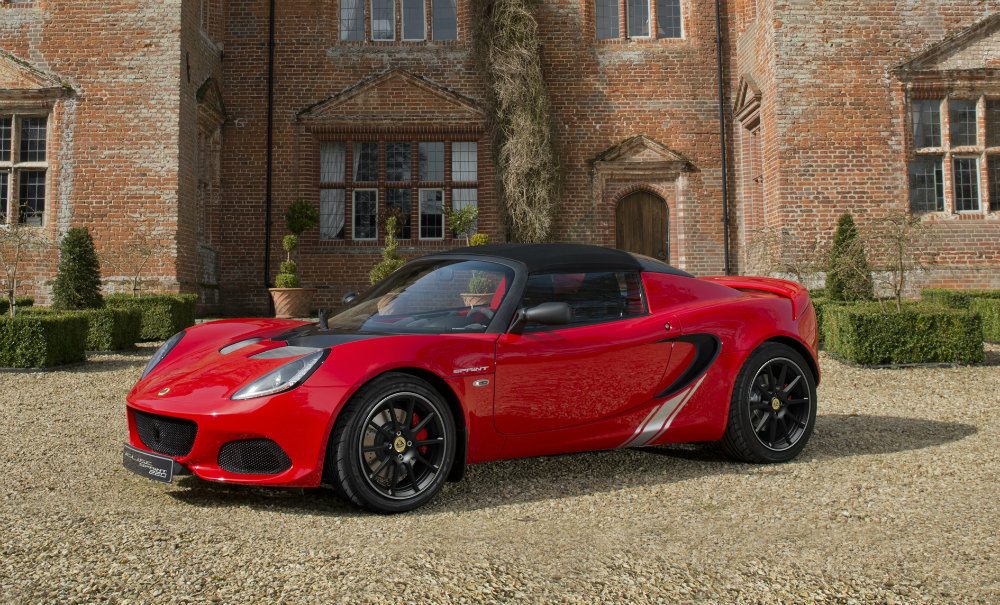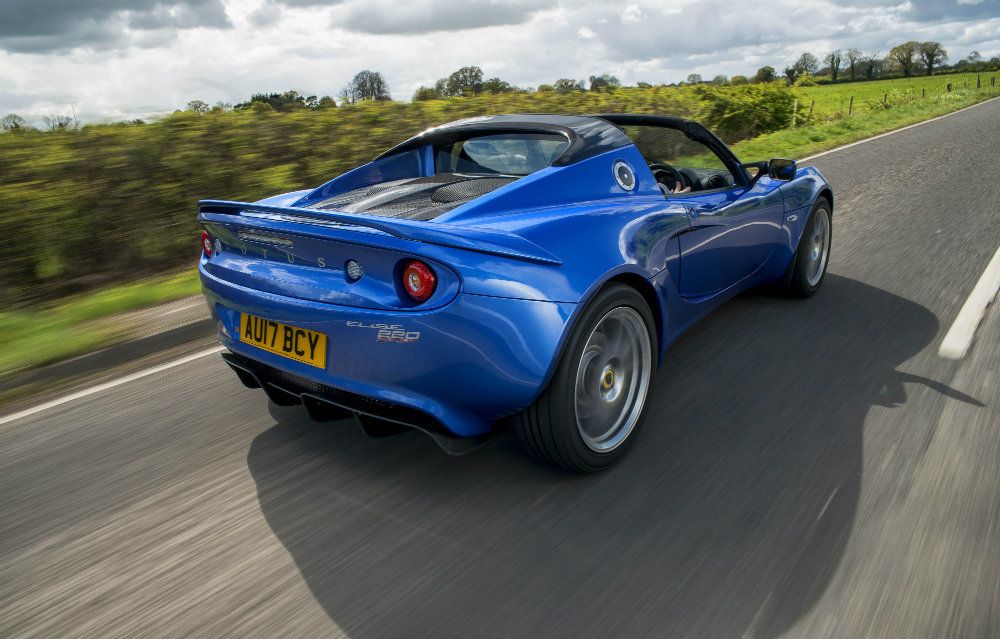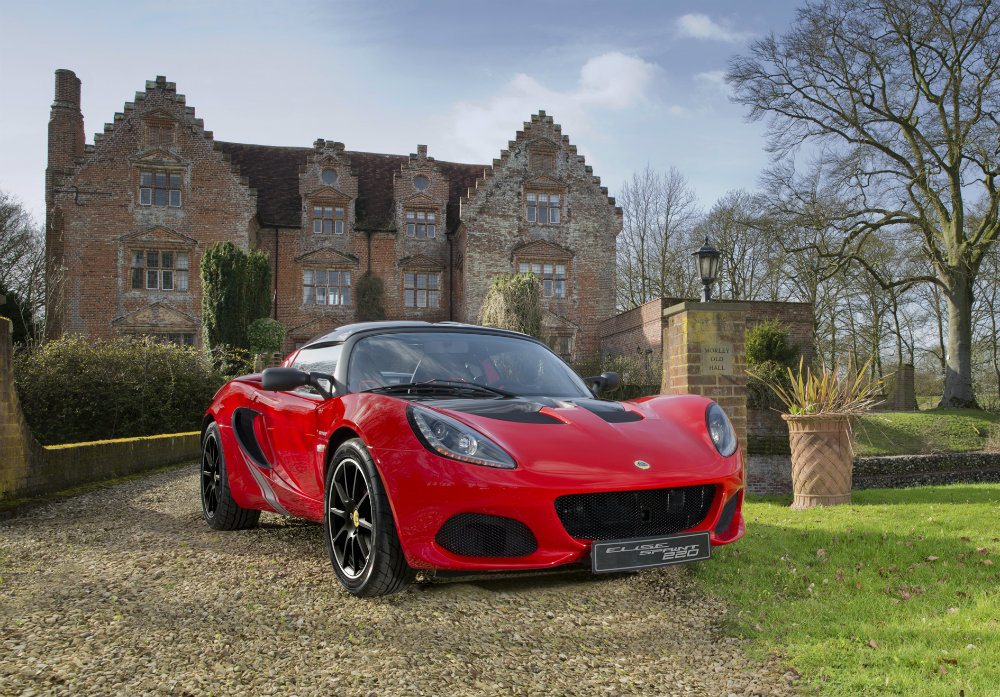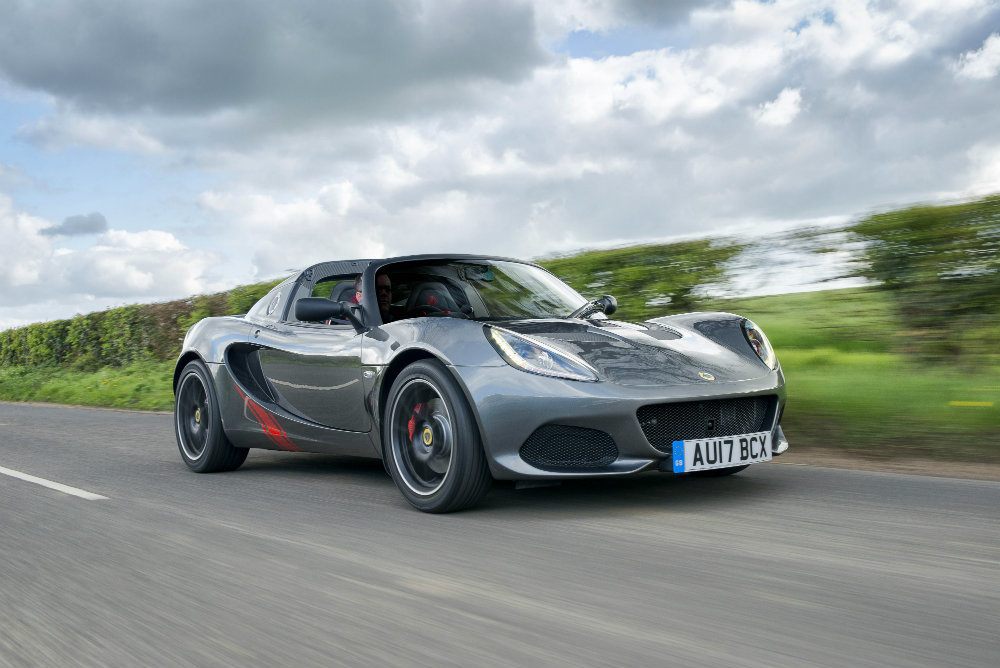When I first looked at the presser titled “Own the best ever Lotus Elise for a lot less,” regarding the new Elise I misread it as “Own the best Lotus ever.” And I almost had an infarction. “Whoa, whoa, whoa,” my brain said. Yeah, the Elise is a very good car. But the best Lotus ever?
No way.
That’s saying a lot, but there’s no way they can mean that for real.
I mean, do they really expect me to believe the Elise is as good as a Lotus 7 or a Europa? Yes, Europas had “issues” (typical reliability and a horrid gearbox) and yes, 7s don’t even come with heaters and paint (making them a little too Spartan for most buyers), but both of those cars would run rings around . . . oh . . . the best Lotus Elise ever. Well that’s completely different.
Chirping Crickets
Ever since it hit the road, the Lotus Elise has been an extremely hard car to argue against. It had all of the things Lotus traditionally excelled at – peerless handling, extreme lightweight, a certain style – with none of the traditional shortcomings – frightening levels of unreliability, sometimes iffy build quality, questionable practicality.
In large part, the Elise became just as viable a choice as anything the Japanese or Germans made (think about that for a tic) if not being exactly inexpensive. This was down to two main reasons: One, the build quality was way up, thanks to Lotus working with Scandinavian aluminum suppliers in how they manufactured their hydro-formed chassis/tub and then (literally) gluing it together, and two, they sourced the engine from Toyota.

Sweet Spots
Now, it seems that going with a Toyota plant is a complete no-brainer, but way back when, Lotus used to make the most bizarre engine choices. Who in their right mind would think a Renault engine would be a good choice when wanting to make a car more “livable” and “practical” and “reliable?” Colin Chapman, that’s who. Then again, for all his engineering genius, Chapman was notoriously bad at some things – like understanding what road car owners wanted and grasping finances (ask the British tax authorities and various banks about that last one).
But eventually logic prevailed, and now we, the gearheads of this world, are blessed with one of history’s most fantastic sports cars, the Lotus Elise. They are in so many ways just what a sports car should be. No bigger than necessary, light, agile to the point of being twitchy, powerful enough to get you into trouble, powerful enough to get you out of trouble, gorgeous, quick – the whole megillah.
Oh, and it’s cheap (relatively speaking). Cheap to buy into for the performance you get, cheap to run since the maintenance is low and, here’s the main point, it retains a ton of value over time. A lot of sports cars don’t. You buy something shiny and new and fast and sports car like, if not an actual sports car and, relatively speaking, it’s trade-in value drops like a zeppelin over New Jersey on a bad day.

Value Added
What Car? a British car buying/rating magazine (and yes, it’s got a question mark in its title and yes, that’s annoying) just did a study saying the Elise is the slowest depreciating performance car on the market. Okay, yes, that’s the British market, but still, that’s good news. Since depreciation is the single biggest ownership running cost, over time, a car that retains more value like an Elise makes even more “practical” sense. Can you believe I just wrote that about a Lotus? Me either. But it’s true.
According to What Car? the Elise retains up to 95% of its original price after 12 months, and over 54% after four years with average mileage. That beats out correspondingly priced sports cars like the Porsche Cayman and, percentage-wise, the Elise outdoes exotic rivals like the Ferrari 458 Italia.
The current version of the Elise comes in two basic flavors, either the 1.6-liter naturally aspirated version or the 1.8-liter supercharged mill. Like all Lotus products, the Elise is extremely light. The Sprint edition is the lightest fully homologated car available in Europe, tipping the scales at 1,759 pounds dry weight. That is about 300 pounds less than a Miata, a car no one considers “fat.”
Pricing Figures
So, like me, you are tempted to buy a Lotus Elise, and yes, you understand that it’s going to retain its value rather well. But, you might ask, what’s the cost of entry? The Elise Sport starts at £32,300 while the blown Elise Sport 220 will set you back £39,300. The higher zoot Elise Sprint and Elise Sprint 220 will run you £37,300 and £44,300 (respectively) and the range topping, getouttamyway Elise Cup 250 cashes out at £47,400. Which, for us Yankees, works out between $41,928.63 and $61,506.24.
Would I buy one? Of course I would (finances and garage space not withstanding). Although I would probably go with an used model – on the used market, their asking prices put them less than newer 911s and 1st Gen NSX’s and such. And, let’s get down to brass tacks here, the Lotus Elise kicks serious butt.
Tony Borroz has spent his entire life racing antique and sports cars. He means well, even if he has a bias towards lighter, agile cars rather than big engine muscle cars or family sedans.

Photos & Source: Group Lotus plc.


